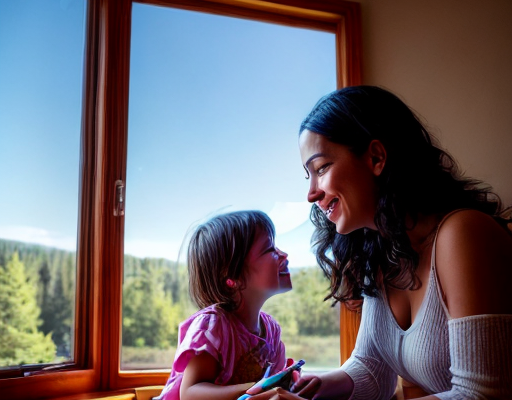
Nurturing Your Child’s Creativity Without Technology
“`html
Nurturing Your Child’s Creativity Without Technology
As the digital age intensifies, the challenge of keeping creativity alive in children without resorting to technology grows. This comprehensive guide explores various methods to foster creative growth in young minds, anchoring them in the physical world and their boundless imaginations. We dive into the importance of creativity and how parents can nurture it without the crutches of screens and gadgets.
The Foundation of Creativity
Creativity isn’t just about art and music; it’s a skill that aids problem-solving and innovation across all areas of life. Establishing a foundation for this ability helps children become more adaptable and successful adults.
Understanding the Role of Unstructured Play
Unstructured play is essential for creative development. It gives children the freedom to explore, make decisions, and engage in storytelling without prescribed outcomes or directions.
Incorporating Nature into Play
Nature is a boundless source of inspiration. Engaging children in outdoor activities sparks their imagination and allows them to interact with various textures, sounds, and sights in their natural environment.
Reading and Storytelling
Reading with children and encouraging them to tell their own stories develops their language skills and ability to visualize and create narratives in their mind’s eye, a precursor to creative thinking.
Art and Craft Without Screens
Traditional arts and crafts activate different parts of the brain than screen-based activities do. They encourage fine motor skills, patience, and the physical manipulation of materials to create something new.
Music and Movement
Incorporating music and movement activities stimulates children’s brain development and allows them to express emotions and creativity through their bodies.
Imaginative Role Play
Role play helps children step into different characters, enhancing empathy and creative problem-solving as they navigate various scenarios or challenges within their play.
Open-Ended Toys and Games
Open-ended toys, like blocks or dolls, provide opportunities for children to invent their own games and outcomes, boosting their creative thinking skills.
Household Items as Creative Tools
Common household items can serve as excellent tools for creativity. Using safe and everyday objects for art, crafts, and play challenges children to see the potential in the mundane.
Cultivating a Creative Space
Designating a space in your home for creativity can give children a sense of ownership and the freedom to experiment without fear of making a mess or disturbing others.
Encouraging Questions and Curiosity
Answering children’s questions with enthusiasm and encouraging their curiosity nurtures their desire to learn and discover, which is at the heart of a creative mind.
Family Collaboration Projects
Engaging in family projects, like gardening or building a fort, develops teamwork and creative collaboration, as each member contributes unique ideas and skills.
Limiting Technology and Screen Time
While technology can be educational, it’s important to set limits. Excessive screen time can impact a child’s ability to focus and engage in deep, imaginative play.
Guided Exploration
Adults can provide guidance during exploratory play without dictating the direction it takes, helping children make discoveries while also finding their own way.
Problem-Solving Activities
Activities that require coming up with solutions, like puzzles or strategy games, sharpen creative thinking and the ability to see multiple solutions to one problem.
Cooking and Baking Together
When children participate in cooking or baking, they not only learn about ingredients and processes but also engage in a creative act that has a delicious outcome.
Celebrating and Sharing Creative Work
Sharing and celebrating a child’s creative work boosts their confidence and reinforces the value of their creative efforts.
Modeling Creativity in Daily Life
Children emulate adults, so by integrating creativity into your daily life—through cooking, gardening, or DIY projects—you set an example that creativity is a valuable and everyday practice.
The Role of Failure in Creative Growth
Teaching children that failure is a part of the creative process and an opportunity for learning encourages persistence and resilience.
In conclusion, nurturing creativity in children without relying on technology involves a mix of freedom, guidance, and the provision of stimulating environments and materials. Parents and guardians who actively engage in the process lay a solid foundation for their children’s creative abilities to flourish.
“`

